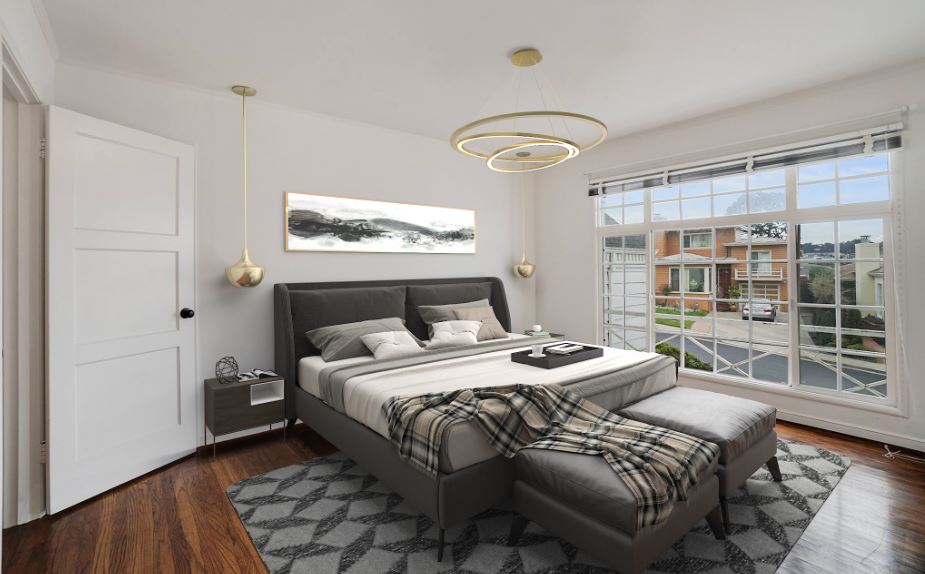A simple Home Elevation drawing will show you many important details about how a building will look like. Besides, it will display the custom type needed to meet the building needs of the specified building.
Reasons for setting up Home Elevation:
- Make a record of a structure.
- As part of a review of existing structures.
- Investigate and impart inside and outside plan alternatives.
- Convey development data.
- A part of an application for arranging consent.
- A part of an application for structure guidelines endorsement.
- For deals and promoting.
Now, we will learn about the types of home elevation:
1. FRONT ELEVATIONS
The Front Elevation is a straight-on perspective on the house as though you were taking a gander at it from a spot on the front yard. The front elevation shows home highlights, for example, aisle entrance, windows, a patio in the entrance, and anything that is far away from the house such as a side porch or smoke.
As far as it can, side dividers are not unmistakable at all. Except if they will be working at a clear edge from a front view.
2. SIDE ELEVATIONS
Home Planners separate side elevations by the right and left side, decided as though you were confronting the front of the house. Directional documentation such as “Right side elevation (north)” helps to limit disturbance when decoding illustrations.
Side elevations are valuable to point out the windows and other highlights in the house, and they also show the abundance of the home. The side perspective on the front and back yards allows mortgage owners and workers to temporarily imagine the size of the porch related to the home. Contributions on the terrace are also shown at lateral elevations.
3. REAR ELEVATION
Back elevation presents the rear of the house, with one more straight-on view. Similarly, as with various illustrations, notes related to the highlights cannot see from the direct views that can be included in this illustration.
Various elevation notes can demonstrate the materials that contract staff should use for specific areas. For example, type of window or entrance, siding material, and exterior protection.
4. SPLIT ELEVATIONS
Another kind of side rise is split elevation. This is a vision of the inner house, drawn as though the house is split fifty-fifty into halves or other visible lines.
The split elevation shows sophistication for interior height, floor thickness, divider thickness, and stair height. This is also the place where you will explore inside the entrances, chimneys, kitchen cabinets, and so on.
5. EXTERIOR ELEVATION
An exterior elevation is a 2D illustration that shows what each side of the house resembles keeping all things considered.
Illustrations provide builders with important data about the home. This table contains a ton of data that a builder can use to make a house as it is structured.
The exterior elevation is much similar to the establishment design sheet. While there are measurements that must be clung to, for example, the completed floor and plate height and the rooftop pitch, there are things that can be changed is important.

